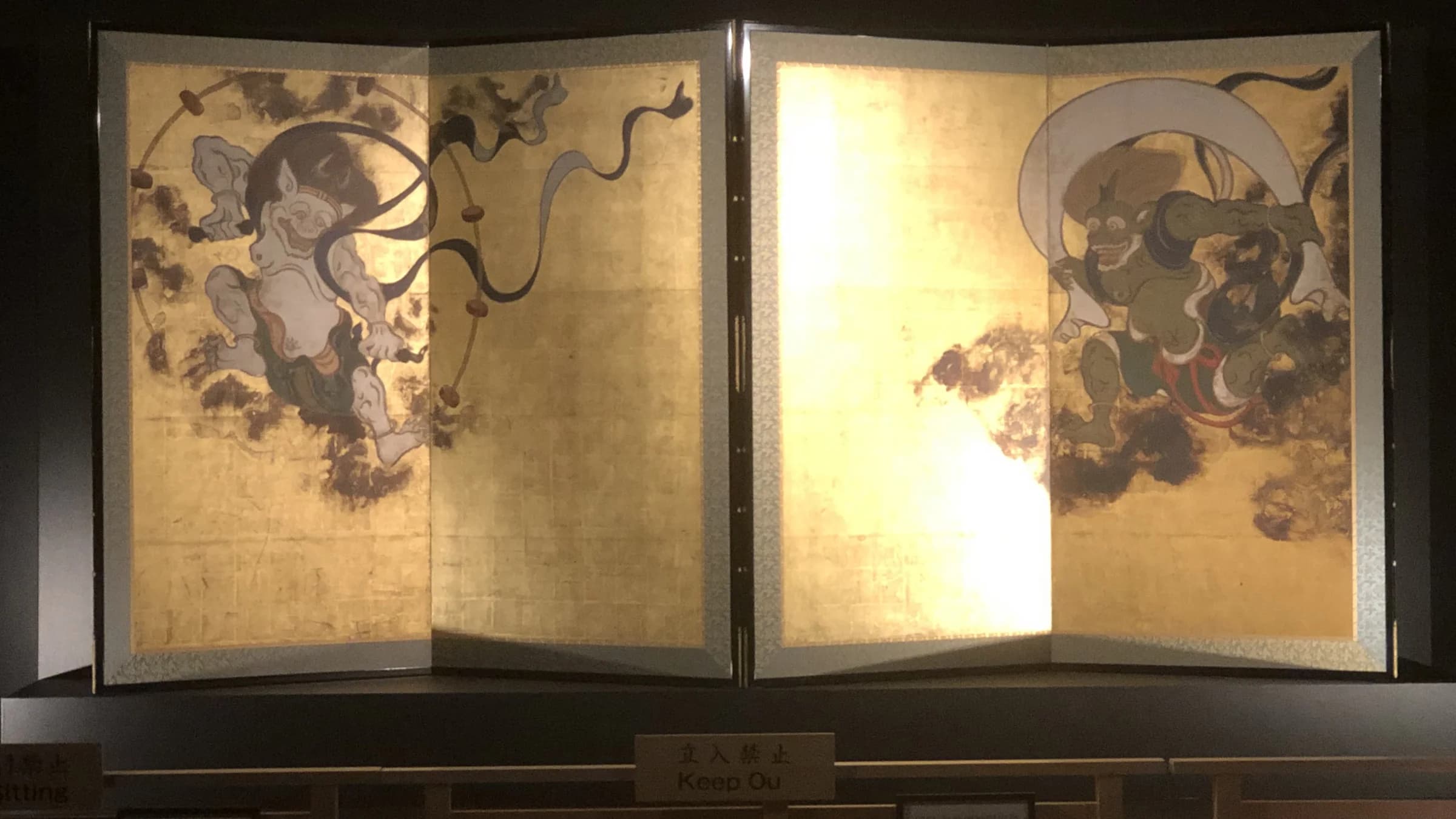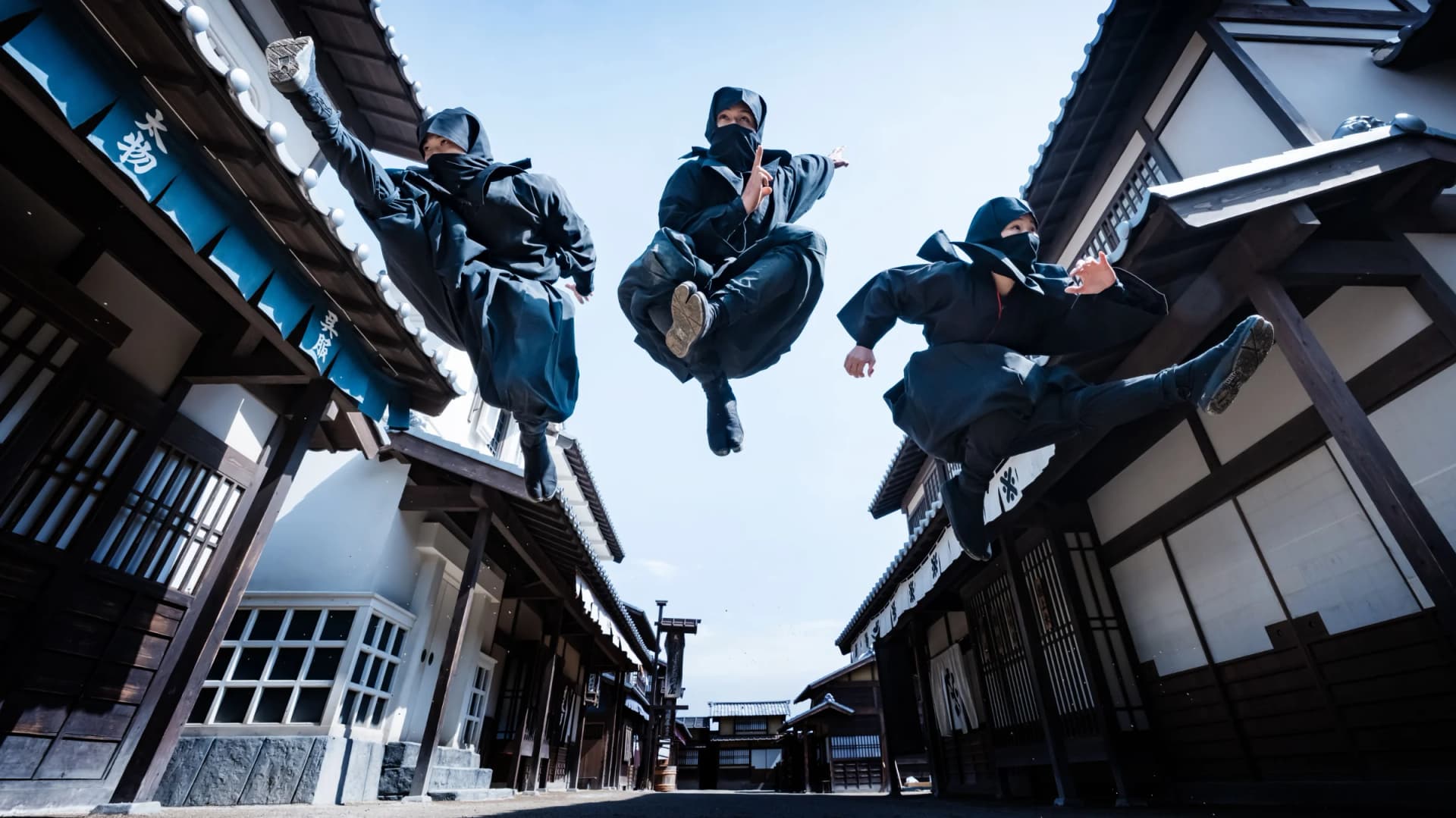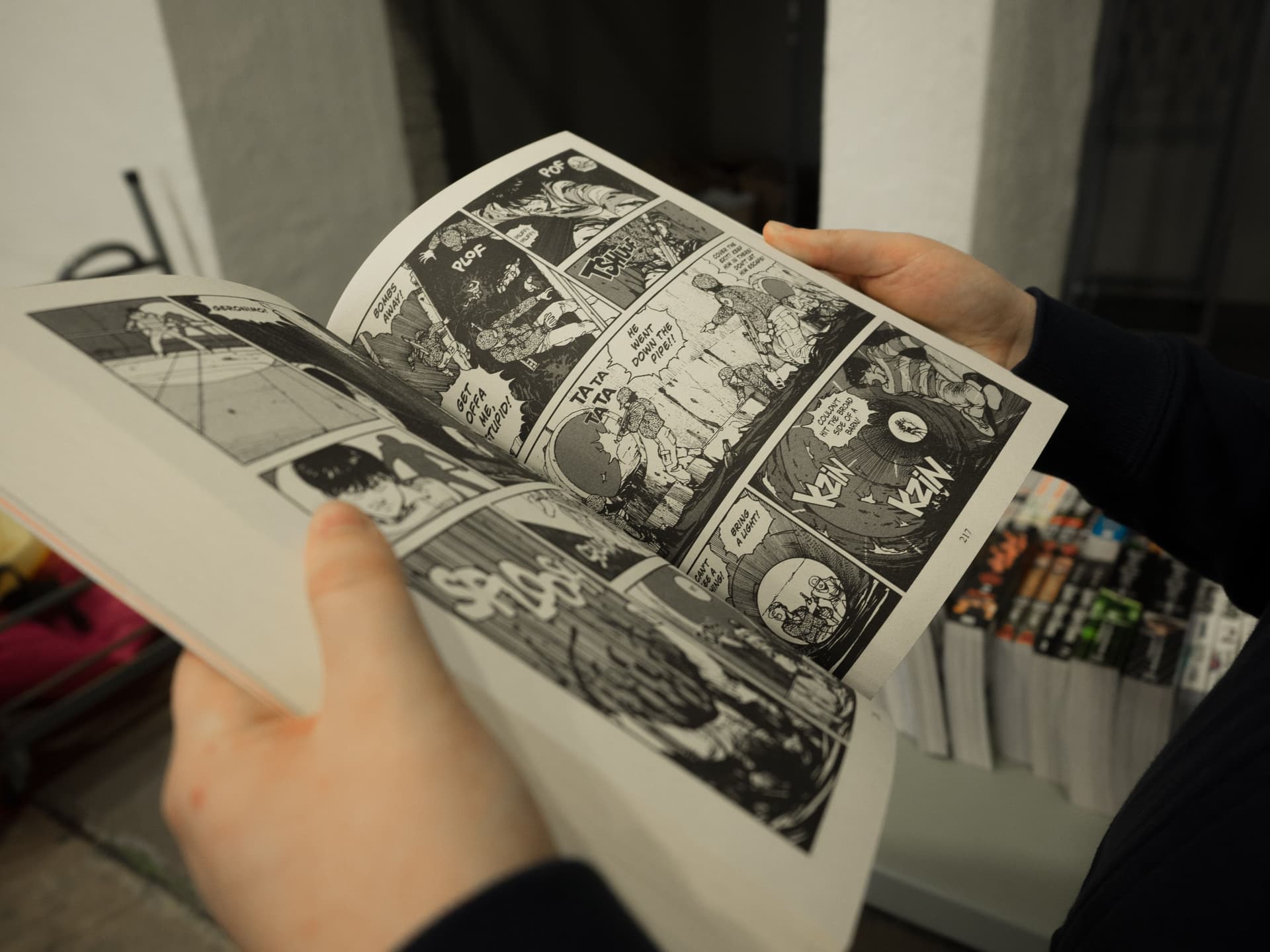
Kennin-ji Temple
建仁寺- Gion-Shijō StationHankyū Kyōto Main LineKeihan Main Line
- Walk 3 minutes
Kennin-ji, located in Kyoto’s Gion district, is the oldest Zen temple in Kyoto and serves as the head temple of the Kennin-ji branch of the Rinzai school of Zen Buddhism. It was founded in 1202 (the second year of Kennin) by the Zen master Eisai (Myōan Eisai, 1141–1215), with land donated by Shōgun Minamoto no Yoriie. The temple was modeled after Baizhang Monastery in Song-dynasty China, and its name “Kennin” was taken from the era name, while its mountain name was established as Tōzan (“Eastern Mountain”).
When first founded, Kennin-ji was a composite monastery combining the teachings of Tendai, Shingon, and Zen, reflecting Eisai’s belief in harmonizing traditional Japanese Buddhist schools with the newly introduced Zen practice. The temple had two sub-halls - one dedicated to the Shingon tradition and one to the Tendai tradition - where monks studied multiple disciplines in parallel.
In 1258, the renowned monk Enni Ben’en (Shōichi Kokushi), founder of Tōfuku-ji Temple, entered Kennin-ji and restored its fire-damaged buildings, revitalising Zen practice. The following year, Lanxi Daolong (Rankei Dōryū), a Chinese monk from Song China and later founder of Kamakura’s Kenchō-ji, became the temple’s abbot. Under his leadership, Zen monastic discipline and regulations were strictly observed, and Kennin-ji developed into a pure Zen training monastery.
During the Muromachi period, Kennin-ji prospered under the patronage of the Ashikaga shogunate. It was designated as the third-ranked temple of the Kyoto Gozan (Five Great Zen Temples) system, modeled after the Chinese monastic ranking structure, and became one of the spiritual and cultural centres of medieval Kyoto.
Although much of the temple was destroyed in a major fire during the Tenbun era (1532–1555), restoration began in 1599 under Ankokuji Ekei, who relocated and rebuilt the Abbot’s Quarters (Hōjō). The temple continued to receive patronage during the early Edo period, when many of its halls and pagodas were reconstructed, and its educational and administrative systems were formalized.
In the Meiji period, government religious reforms led to the independent establishment of the Kennin-ji branch of the Rinzai school, with Kennin-ji designated as its head temple (Daihonzan). However, the anti-Buddhist movement (Haibutsu Kishaku) and Shinto-Buddhist separation policies (Shinbutsu Bunri) resulted in the consolidation or abolition of several subtemples and the return of large portions of temple land to the state. Consequently, the precincts of Kennin-ji were reduced to nearly half of their original size.
Despite these challenges, Kennin-ji has remained a vital centre of Zen practice and Japanese culture. Over the centuries, it has been repeatedly restored and preserved. In modern times, significant restoration projects have included the rebuilding of the bathhouse, the restoration of the Great Bell Tower and the Sanmon Gate, and the dedication of the spectacular ceiling painting “Twin Dragons” (Sōryū-zu) by artist Koizumi Junsaku in 2002, marking the temple’s 800th anniversary.
Artworks of Kennin-ji Temple
Fūjin Raijin-zu Byōbu (Wind and Thunder Gods Folding Screen)
This pair of gold-leaf folding screens, depicting Fūjin, the Wind God, and Raijin, the Thunder God—two deities soaring dynamically across shimmering gold clouds—is by Tawaraya Sōtatsu and was created during the Edo period. This work is a National Treasure. Although unsigned, it is widely recognized as Sōtatsu’s authentic masterpiece and one of the finest examples of early Edo art. The original is housed in the Kyoto National Museum, while Kennin-ji displays a high-resolution reproduction. Tawaraya Sōtatsu (?-c.1640) led the Tawaraya workshop in Kyoto and was a pioneering painter of the Rinpa school, celebrated for his decorative screens and fan paintings.
Sōryū-zu (Twin Dragons Ceiling Painting)
Two enormous dragons - symbolising the protection of Buddhist law and the “rain of teachings” - soar across the entire ceiling of Kennin-ji’s Dharma Hall in this monumental painting by Junsaku Koizumi, completed in 2002. Created to commemorate the temple’s 800th anniversary, the work measures 11.4 × 15.7 m and took nearly two years to complete. Junsaku Koizumi (1924–2012) was a Japanese painter and ceramicist renowned for his large-scale ink paintings.
Fusuma (Sliding Door) Paintings by Kaihō Yūshō
A series of fusuma (sliding door) paintings by Kaihō Yūshō, created during the Momoyama period, adorn Kennin-ji’s main hall. These Important Cultural Properties include: Unryū-zu (Cloud Dragons), dynamic dragons among swirling clouds; Kachō-zu (Flowers and Birds), elegant depictions of natural harmony; Chikurin Shichiken-zu (Seven Sages of the Bamboo Grove), Chinese scholars in tranquil retreat; Kinki Shoga-zu (Music, Chess, Calligraphy, Painting), a refined series with light colour and Kanō-school influence; and Sansui-zu (Landscapes), expressive landscapes using the “broken ink” technique. Kaihō Yūshō (1533–1615) skillfully combined the boldness of Chinese ink painting with Japanese subtlety, becoming one of the great masters of the Momoyama period.
Karako Yūgi-zu (Children at Play) — By Tamura Gesshō
This fusuma painting depicts children enjoying a moonlit boat ride, their playful movements rendered with lively, graceful brushwork. The composition combines humour and serenity, reflecting the artist’s mature style. Tamura Gesshō (1846–1918) was a Kyoto painter and Buddhist monk, known for blending traditional Japanese techniques with Western painting influences.
Eight Views of Xiaoxi — By Hosokawa Morihiro
Created to commemorate the 880th anniversary of Kennin-ji’s founding priest, this series of 24 fusuma panels depicts the Eight Views of Xiaoxi, a scenic region in China’s Hunan Province where the Xiao and Xiang rivers flow into Dongting Lake. The traditional Eight Views include landscapes such as bustling towns, serene fishing villages, mountain temples, moonlit lakes, and snowy mountains. These themes were first popularised by the 11th-century Northern Song painter Song Di and later transmitted to Japan, inspiring countless artists.
Hosokawa Morihiro is a former Prime Minister of Japan who, after retiring from politics, has pursued a prolific career in painting, calligraphy, ceramics, and other arts. He has exhibited widely in Japan and internationally, and serves as director of multiple cultural foundations.
Funade (Rowing Away) — By Mika Toba
These fusuma paintings, created for Kennin-ji’s 800th Memorial Project, use the traditional Japanese katazome (stencil dyeing) technique to evoke calm, poetic landscapes.Mika Toba, a Kyoto-based dye artist, has redefined modern dye art and received numerous national and international awards.
Wind and Thunder Gods — Calligraphy by Kanazawa Shoko
This dynamic calligraphy evokes the original Fūjin Raijin folding screens, capturing the Wind and Thunder Gods soaring across the heavens. Kanazawa Shoko began studying calligraphy at age five and has exhibited widely in Japan and internationally. She has created dedicatory works for temples, NHK dramas, and national events.
Subtemples
Reidō-in (Monks’ Hall) – Memorial subtemple established after the passing of Kennin-ji’s 26th abbot. Current hall dates from 1853, with a mid-Edo period garden. Designated a Nationally Recognized Scenic Garden; serves as a training hall, not open to the public.
Zenkyō-an – Early 14th-century subtemple, originally a retirement hermitage for a Chinese Buddhist missionary and abbot.
Shōden Eigen-in – Originated from Shōden-in (founded from Song China), rebuilt in 1618, relocated in 1873.
Ryōsoku-in – Founded by a Dharma successor; later merged with Ikka-in (1589) and Yōkō-in (1872).
Rokudō Chin’ō-ji – Established in 836 for national protection; originally Shingon, later affiliated with Kennin-ji.
Daitō-in – Founded mid-14th century, destroyed in 1552, rebuilt 1637; later merged with Kōtaku-an and Nyoze-in.
Jōkō-in – Founded by Onchū Sōjun, renovated 1604, later incorporated Fukuju-in and Shunshō-ken. Houses grave of Kinoshita Iesada.
Dai-chū-in – Founded 1342, ruined in the Ōnin War, revived 1655, rebuilt Bunka era (1804–1818).
Kōun-an – Founded by a Chinese monk, destroyed 1536, rebuilt 1644–1648; reconstructed after 1788 fire.
Seirai-in – Founded by Rankei Dōryū, rebuilt Ōei era (1394–1428), damaged in wars, reconstructed Keichō period.
Seijū-in – Founded by Ranshū Ryōhō, destroyed Tenbun era, revived 1653; historically noted for protecting young Ashikaga Yoshimitsu.
Reigen-in – Founded Ōei era; originally Reisen-in, later renamed. Produced prominent Gozan scholars and hosted young Ikkyū Sōjun.
Taiun-ken – Established 1346 as a retreat within Reidō-in, rebuilt 1680 after fire.
Kyushō-in – Founded 1608; merged Takamatsuken during the Keichō era.
Hōjō Garden – The Garden of ○△□: This Zen garden at Kennin-ji represents the four elements: Earth (square well), Water (round moss), Fire (triangular white sand), and Wind (raked patterns in the sand). Its geometric design embodies Zen philosophy in a simple yet symbolic arrangement.
Temple Experiences at Kennin-ji
Kennin-ji offers visitors the opportunity to engage in traditional Zen practices:
- Zazen (Seated Meditation): Monthly meditation sessions open to the public, inviting participants to experience the calm and focus of Zen practice.
- Group Zazen: Special sessions available for groups, including basic instruction and a short Dharma talk.
- Sutra Copying (Shakyō): A meditative experience of hand-copying Buddhist scriptures, open to visitors throughout the day.
These experiences provide a chance to encounter the spiritual essence of Zen within the serene atmosphere of Kyoto’s oldest Zen temple.
At Hey Japan!, we strive to keep the places listed on our website as current as possible. However, it is important to note that location owners or management may make changes to their plans, including canceling events, altering opening times, or modifying admission requirements, without prior notice. To ensure that you have the most accurate information, we recommend checking official websites before visiting any location.
Last Updated:














